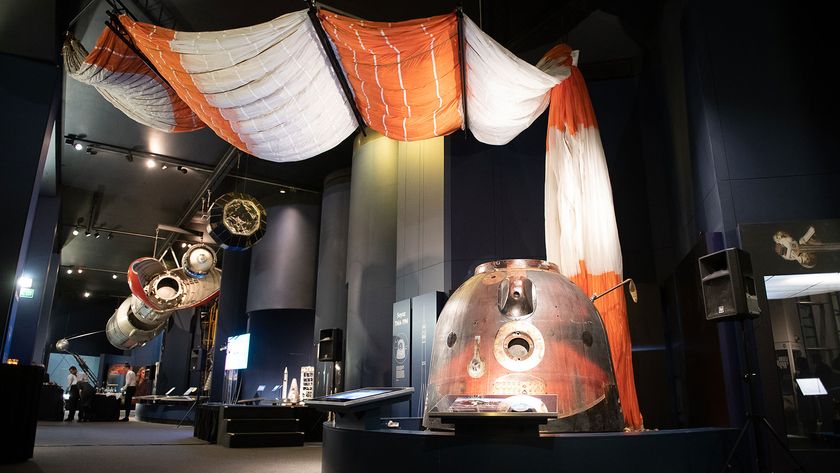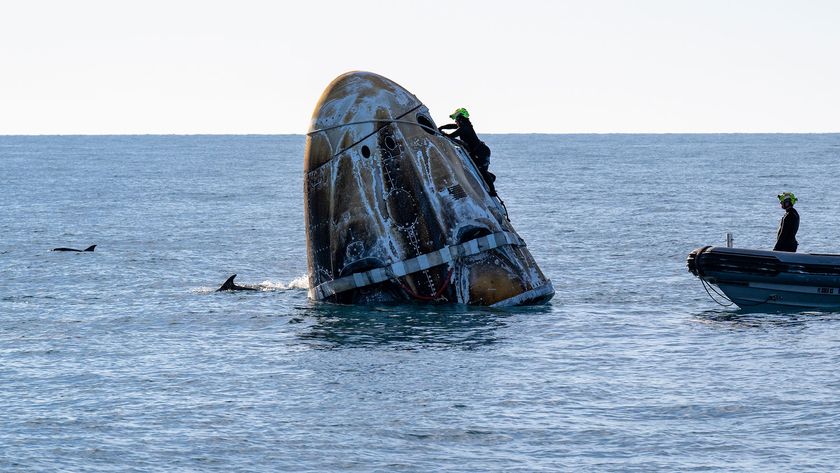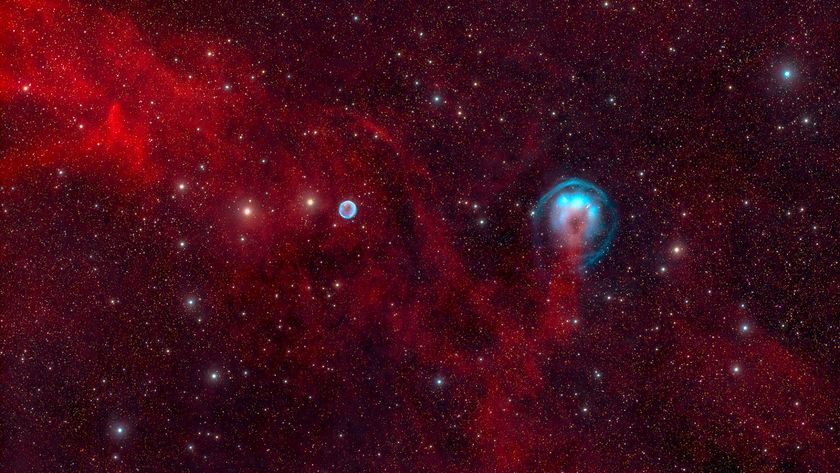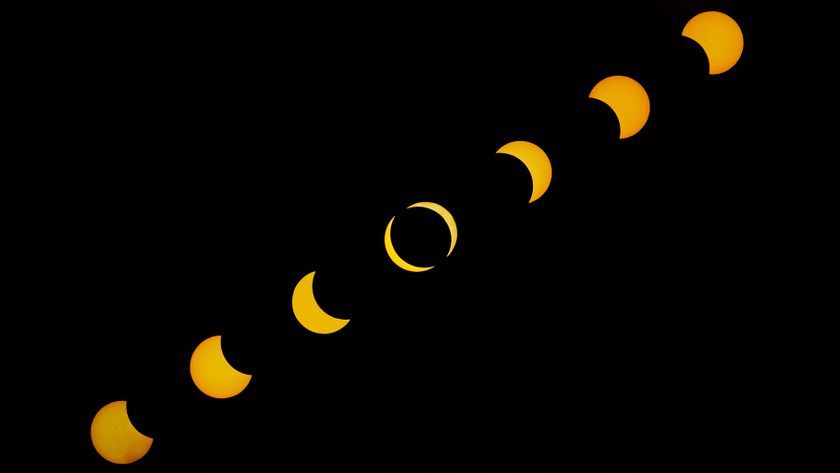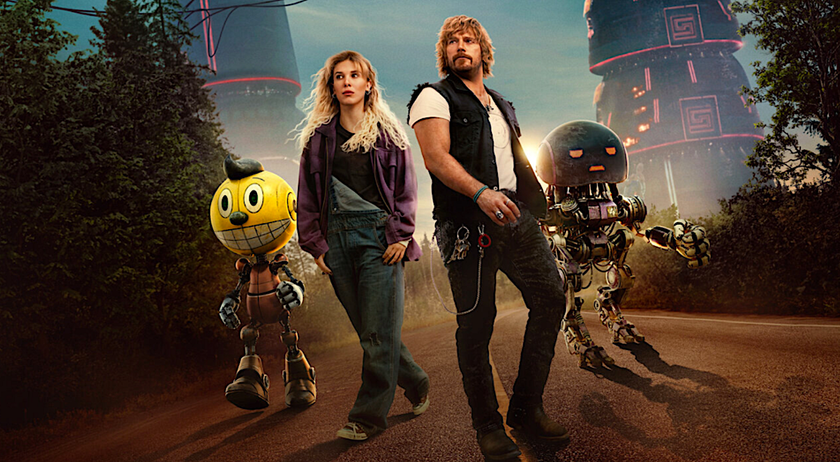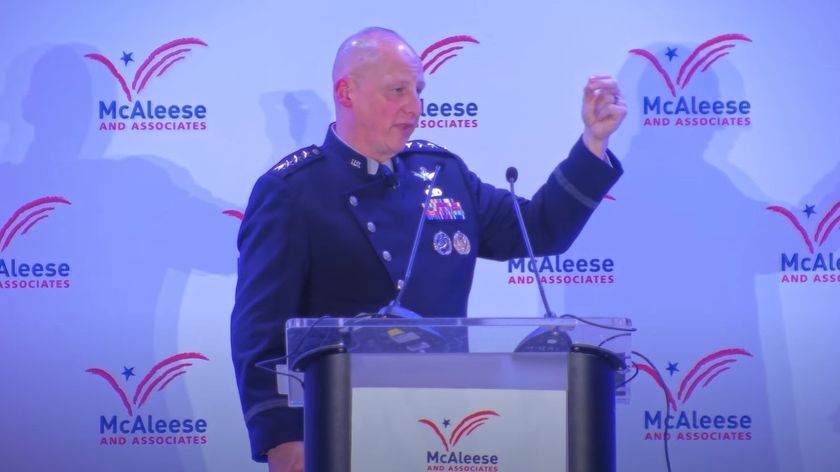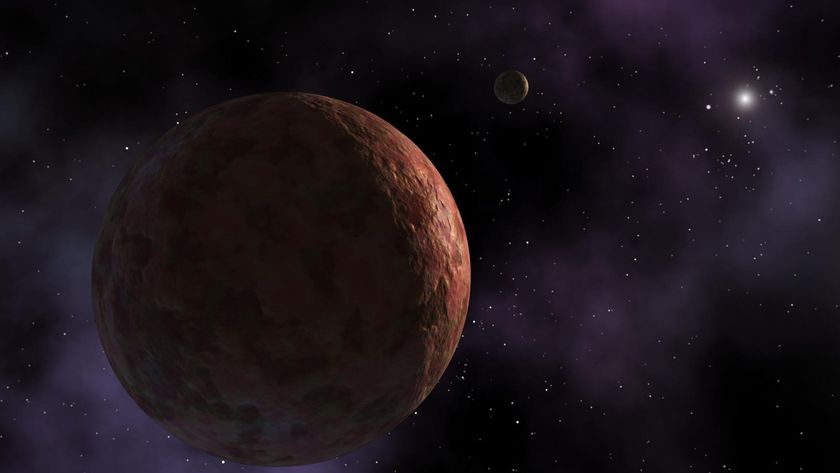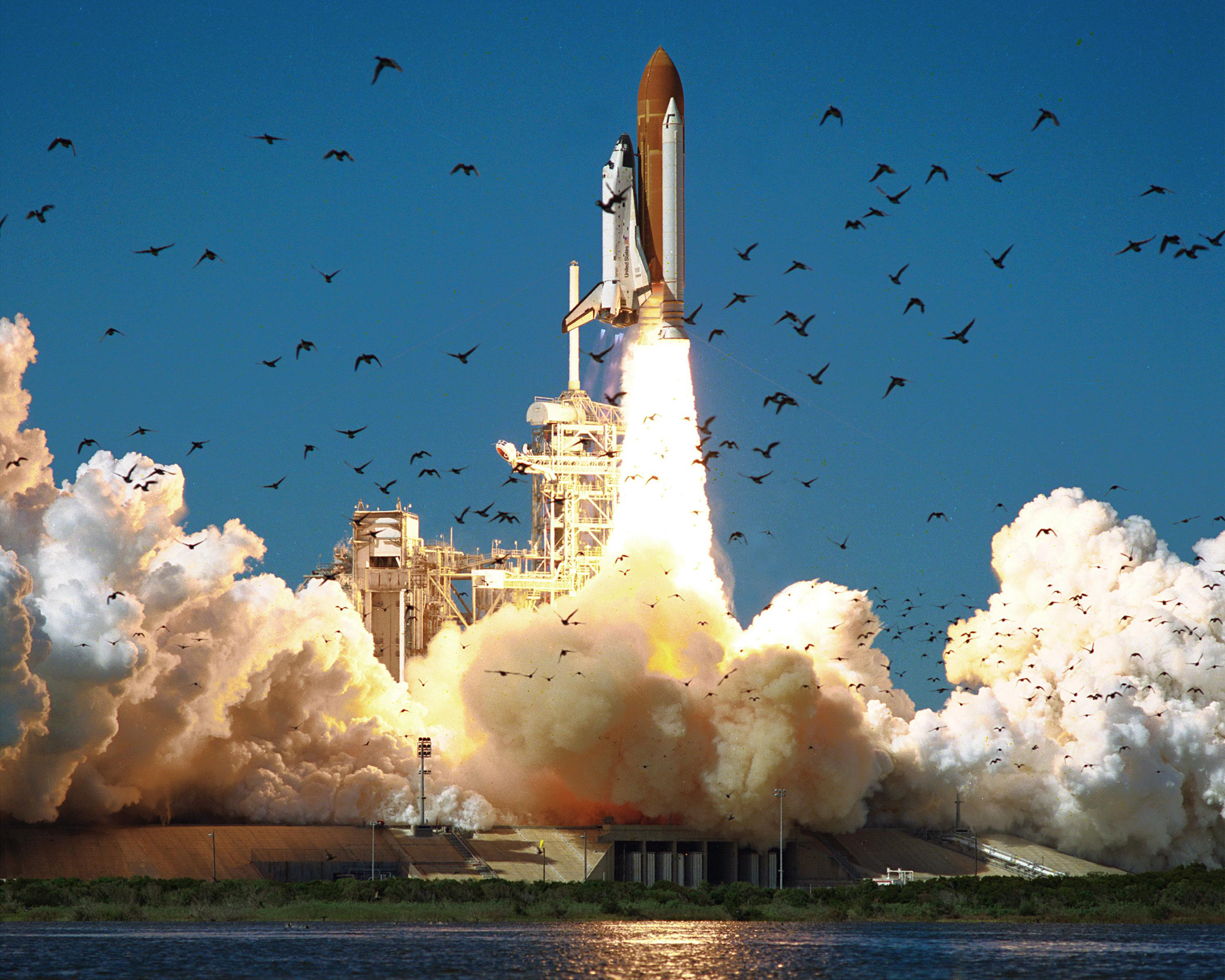
A new documentary about the space shuttle Challenger accident airs tonight (Jan. 25), three days before the 30th anniversary of the tragic event.
On Jan. 28, 1986, Challenger exploded just 73 seconds after blasting off from Kennedy Space Center in Florida, killing all seven astronauts aboard, including Christa McAuliffe, whom NASA had chosen to become America's first teacher in space.
The new documentary, called "Challenger Disaster: Lost Tapes," re-examines the disaster using contemporary audio recordings and rare video footage, including interviews with McAuliffe and clips of the New Hampshire social-studies teacher practicing some of the lessons she had planned to send down to kids on Earth from orbit. [Challenger Remembered: Photos from NASA's Tragic Shuttle Disaster]
"Christa was just a wonderful teacher, a wonderful human being and a wonderful representative of our profession," former NASA astronaut Barbara Morgan told Space.com. Morgan, an educator herself, served as McAuliffe's backup on the Challenger mission and eventually made it to space aboard the space shuttle Endeavour in 2007.
"Challenger Disaster: Lost Tapes" premieres tonight at 9 p.m. ET / 8 p.m. CT on the National Geographic Channel. The film will also air on National Geographic Channels in 171 countries in 45 languages, and in Spanish on Nat Geo Mundo, network representatives said. You can watch a teaser trailer for the documentary here.
McAuliffe was a payload specialist on the doomed Challenger mission, which is known as STS-51-L. The other astronauts who lost their lives that day were mission commander Dick Scobee; pilot Mike Smith; mission specialists Judy Resnik, Ellison Onizuka and Ron McNair; and payload specialist Greg Jarvis.
Investigators later determined that a rubber seal called an O-ring in one of the shuttle's solid rocket boosters failed during launch, partly as a result of unusually cold weather (which caused the O-ring to harden).
Get the Space.com Newsletter
Breaking space news, the latest updates on rocket launches, skywatching events and more!
This failure allowed hot, high-pressure gas to escape and damage Challenger's huge external fuel tank, as well as the equipment that attached the solid rocket booster to the tank.
The space shuttle fleet was grounded for 32 months in the wake of the Challenger disaster, finally taking to the skies again in September 1988 on Discovery's STS-26 mission. The program suffered another disaster on Feb. 1, 2003, when the shuttle Columbia broke apartupon re-entering Earth's atmosphere, killing all seven astronauts aboard.
The shuttles stopped flying for good in July 2011, and the surviving orbiters are now museum pieces. NASA currently relies on Russian Soyuz spacecraft to get its astronauts to and from orbit, though the space agency is encouraging privately developed American spaceships to perform this taxi service. Indeed, NASA awarded a total of $6.8 billion to Boeing and SpaceX in September 2014 to finish work on their crew capsules, which the agency hopes will be up and running by the end of next year.
"Challenger Disaster: Lost Tapes" airs tonight on the National Geographic Channel at 9 p.m. (check local listings).
Follow Mike Wall on Twitter @michaeldwall and Google+. Follow us @Spacedotcom, Facebook or Google+. Originally published on Space.com.
Join our Space Forums to keep talking space on the latest missions, night sky and more! And if you have a news tip, correction or comment, let us know at: community@space.com.

Michael Wall is a Senior Space Writer with Space.com and joined the team in 2010. He primarily covers exoplanets, spaceflight and military space, but has been known to dabble in the space art beat. His book about the search for alien life, "Out There," was published on Nov. 13, 2018. Before becoming a science writer, Michael worked as a herpetologist and wildlife biologist. He has a Ph.D. in evolutionary biology from the University of Sydney, Australia, a bachelor's degree from the University of Arizona, and a graduate certificate in science writing from the University of California, Santa Cruz. To find out what his latest project is, you can follow Michael on Twitter.
